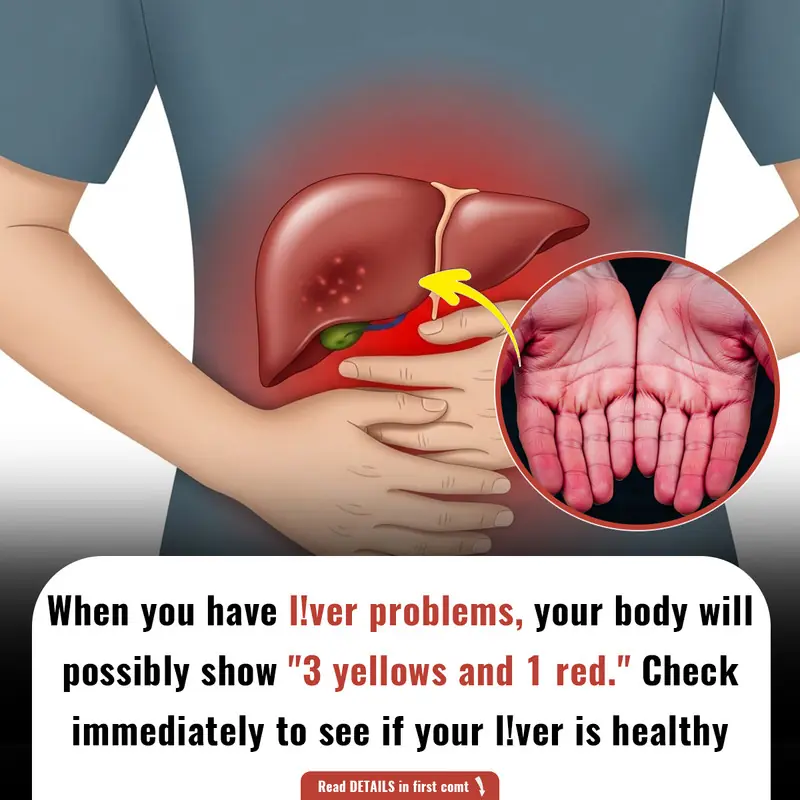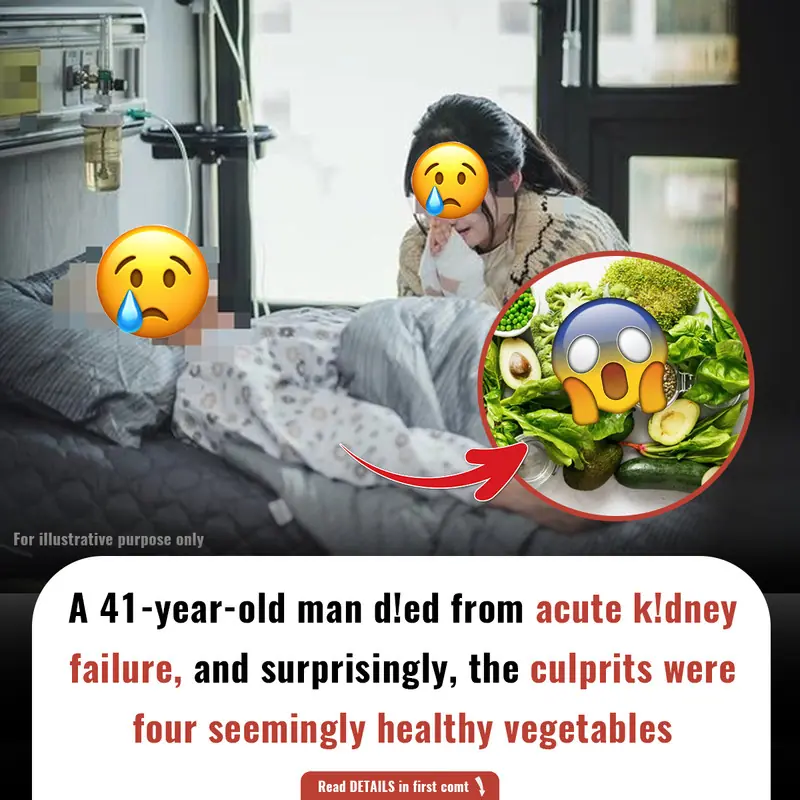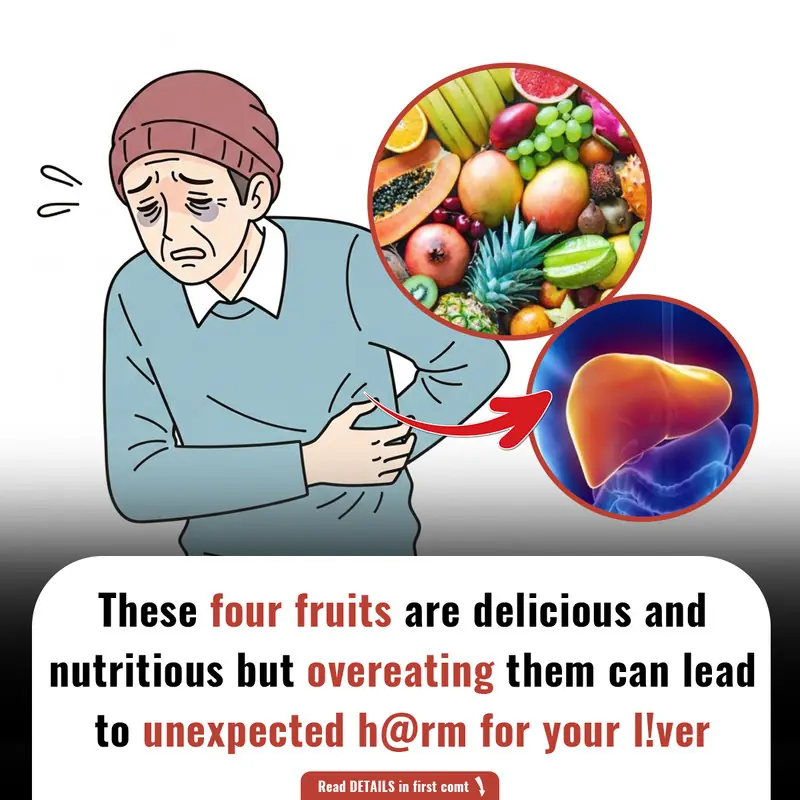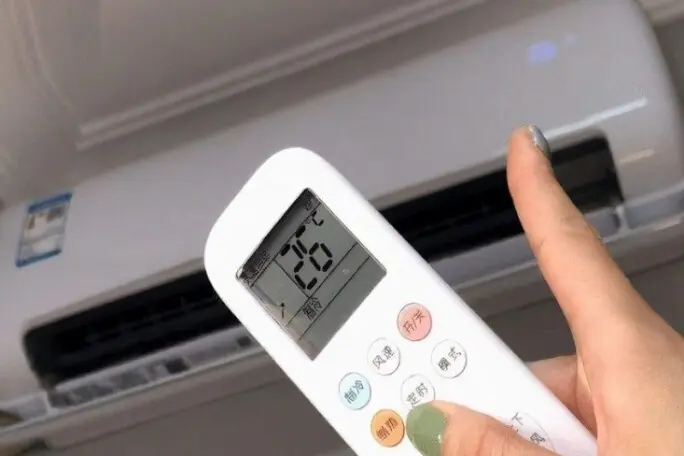
Doctors say it's possible to predict a stroke 90 days before: These are the early warning signs of a stroke, be prepared

Stroke risk increases with age, but early detection of warning signs such as dizziness, headaches, or vision issues can make all the difference. Here's what you need to know.
Strokes can strike unexpectedly, but recognizing early signs may help prevent the worst outcomes. A study has shown that strokes, particularly among younger people, have been on the rise since 1990. While strokes are more common in older adults, research has also highlighted the increasing occurrence among younger populations. Therefore, understanding the warning signs and how to act quickly could be lifesaving.
What Increases Your Chances of Having a Stroke?
Several factors contribute to your stroke risk, with age being one of the most significant. As you age, your risk of having a stroke nearly doubles every decade after 55. However, strokes can—and do—happen at any age, which is why staying vigilant and aware of the symptoms is essential for everyone, regardless of age.
According to studies, many individuals who experience strokes have had a transient ischemic attack (TIA) in the 90 days leading up to the event. TIAs, also known as mini-strokes, present similar symptoms to a full stroke, including dizziness, confusion, and weakness. Noticing a TIA and seeking immediate medical attention can significantly reduce the chance of a future stroke.
Early Warning Signs to Watch Out For
Even though predicting a stroke a month ahead is challenging, the following symptoms may provide early warnings:
-
Dizziness or Loss of Balance: A sudden loss of balance or feeling lightheaded could be a warning sign.
-
Severe Headaches: Unexpected, intense headaches without any known cause can be linked to strokes.
-
Vision Problems: Issues with vision in one or both eyes should not be ignored.
-
Weakness or Numbness: Especially in one side of the body, particularly the arm, leg, or face.
-
Confusion or Trouble Speaking: Difficulty understanding speech or expressing thoughts clearly.
The Importance of Transient Ischemic Attacks (TIA)
A TIA, or mini-stroke, is often an indicator of a more severe stroke on the horizon. While a TIA does not cause permanent damage, it is still a significant red flag. About 20% of people who experience a TIA will have a full stroke within the following three months. Symptoms of a TIA include:
-
Sudden numbness or weakness in the face, arm, or leg (particularly on one side of the body).
-
Confusion or difficulty speaking or understanding speech.
-
Sudden vision problems in one or both eyes.
-
Sudden severe headache with no known cause.
It’s essential to take a TIA seriously, as it can serve as a warning that a stroke may be imminent. Immediate medical intervention is crucial in these situations.
F.A.S.T. Method: How to Quickly Identify Stroke Symptoms
The F.A.S.T. acronym can help you remember the critical stroke symptoms and determine when to call for emergency help:
-
Face: Check for drooping or numbness on one side of the face.
-
Arm: Notice any weakness or numbness in one or both arms.
-
Speech: Listen for slurred speech or difficulty speaking.
-
Time: Call 911 immediately if you notice any of the above symptoms.
Recognizing these signs early and acting quickly can drastically improve outcomes.
How to Prepare for a Stroke Emergency
Strokes can occur unexpectedly, but being prepared can make a significant difference. Here’s how you can better prepare yourself and your family for a potential stroke:
-
Know Your Stroke Risk Factors:
-
Age: Stroke risk increases with age, particularly after 55.
-
Medical History: Diabetes, heart disease, high blood pressure, and high cholesterol significantly increase stroke risk.
-
Lifestyle Factors: Lack of physical activity, smoking, excessive alcohol consumption, and obesity all contribute to higher stroke risk.
-
Genetics: Family history of strokes can also increase the likelihood.
-
-
Find the Nearest Stroke Center:
It’s critical to know where the nearest stroke center is located, especially if you live far from medical facilities. In the event of a stroke, time is of the essence, and getting to a stroke center as quickly as possible can save lives. -
List of Medications and Allergies:
Keep an updated list of your current medications and any known allergies. This will help healthcare professionals make informed decisions in an emergency. -
Lifestyle Modifications:
-
Regular exercise, a balanced diet, and quitting smoking are essential lifestyle changes that can reduce stroke risk.
-
Regular check-ups with your doctor, especially after age 55, can help identify any early signs of high blood pressure or other cardiovascular issues.
-
What to Do If You Suspect a Stroke
If you or someone else is showing signs of a stroke, do not wait—seek medical attention immediately. Calling an ambulance is the best option, as it allows medical staff to begin care on the way to the hospital. Do not drive yourself, as a stroke can impair your ability to focus and make decisions.
When speaking with medical professionals, always mention if you suspect it may be a stroke. If you're diagnosed with something else, and you're still concerned about the possibility of a stroke, don't hesitate to ask, "Why do you think it's not a stroke?" A reasonable, clear response should be given. If you don’t feel satisfied with the answer, seek a second opinion.
A Quick Review of Stroke Warning Signs
-
Sudden weakness or numbness in the arm, leg, or face (especially on one side of the body).
-
Confusion, difficulty speaking, or trouble understanding speech.
-
Vision problems in one or both eyes.
-
Severe headache with no known cause.
-
Difficulty walking, dizziness, or loss of balance.
Remember that if you experience any of these symptoms, it’s crucial to act quickly. Recognizing these early signs of stroke can help you get the medical care you need and prevent serious complications.
News in the same category


4 Common Meat Thawing Mistakes That Could Put Your Family's Health at Risk

Doctor reveals two little-known signs of skin cancer that everyone misses
Along with the more obvious signs such as changes in moles, these hidden symptoms should be taken seriously.

Why You Should Unplug the Hotel TV Immediately After Checking In

Doctor warns of alarming health risks of sleeping with a fan on during a heatwave
As the heatwave looms and temperatures continue to rise, it is essential for individuals to consider the hidden health risks associated with sleeping with a fan on.

How to Keep Ripe Avocados Fresh and Creamy for Days

Secret cleaning tip: how to keep your floors clean and dust-free for seven days

How to Tell the Difference Between Naturally Ripened Durian and Chemical-Ripened Ones

3 Simple Items That Help Save Electricity for Your Fridge

The Silent D@nger: 4 'Healthy' Vegetables That Can H@rm Your Kidneys

Top 4 Fruits to Limit for a Healthier Liver

Why Smart People Never Set Their Air Conditioner to 26°C at Night

How to Position Your TV in the Living Room for Optimal Health and Wealth

Hidden D@ngers on Your Dinner Plate: 3 Common Vegetables That May Be D@m@ging Your Digestive Health

Doctors warn just one glass of this drink a day could increase risk of being diagnosed with cancer
A doctor in New York City has discovered a worrying trend between a drink almost two-thirds of Americans enjoy and an aggressive cancer.

Many Confuse This Plant with a Weed, But It’s Actually Full of Surprising Health Benefits
From providing omega-3 fatty acids to supporting heart, bone, and kidney health, purslane offers a wide range of benefits.

Doctor reveals the one sound people make that means they have under 24 hours left to live
This phenomenon is most commonly observed as the person drifts in and out of consciousness, and their breathing becomes more labored.

Don't Underestimate This Common Feature of Rice Cookers: It Could Be Harmful to Your Health

Smart People Know This Trick: Save Up to 50% on Your Monthly Electricity Bill by Adjusting Your Air Conditioner

Why Smart People Often Insert a Key into the Door When Sleeping: A Simple Habit with Big Benefits
News Post

DIY 3 Seed Drink For Losing Weight Fast: Natural, Effective, and Easy to Make
By combining cumin, fennel, flaxseeds, carom seeds, and ginger, you can support your body’s natural fat-burning processes, improve digestion, and reduce bloating. This natural remedy is affordable, easy to make, and free from harmful chemicals.

3 Yellow Signs and 1 Red Flag: Check Now to See If Your Liver is Healthy

4 Common Meat Thawing Mistakes That Could Put Your Family's Health at Risk

Ancient Indian Hair Oil Remedy: Get Crazy Hair Growth Naturally
The ingredients in this ancient Indian remedy work together to nourish and revitalize the scalp, providing your hair with the nutrients it needs to grow strong, thick, and beautiful.

Homemade Neem Gel for Clear and Flawless Skin: Your Ultimate Natural Solution for Acne, Blemishes, and Aging
Incorporating neem gel into your skincare routine is a simple and effective way to achieve clear, healthy, and radiant skin.

Doctor reveals two little-known signs of skin cancer that everyone misses
Along with the more obvious signs such as changes in moles, these hidden symptoms should be taken seriously.

Why You Should Unplug the Hotel TV Immediately After Checking In

Doctor warns of alarming health risks of sleeping with a fan on during a heatwave
As the heatwave looms and temperatures continue to rise, it is essential for individuals to consider the hidden health risks associated with sleeping with a fan on.

How to Keep Ripe Avocados Fresh and Creamy for Days

Secret cleaning tip: how to keep your floors clean and dust-free for seven days

How to Tell the Difference Between Naturally Ripened Durian and Chemical-Ripened Ones

Homemade Eye Roll To Get Rid Of Dark Circles: The Ultimate Natural Remedy for Dark Circles
The homemade eye roll remedy we’ve shared today combines the soothing, brightening, and hydrating powers of olive oil, aloe vera, lemon zest, and raw milk to help reduce puffiness, lighten dark circles, and restore the vitality of the delicate skin arou

3 Simple Items That Help Save Electricity for Your Fridge

The Silent D@nger: 4 'Healthy' Vegetables That Can H@rm Your Kidneys

Top 4 Fruits to Limit for a Healthier Liver

Natural Remedy to Reverse Grey Hair: Unlocking the Secrets to Rejuvenate Your Hair Color
This DIY remedy offers a holistic approach to hair health-nourishing from within and the outside.

5 Powerful Ways to Use Vaseline for Anti-Aging: Natural Remedies for Smoother, Wrinkle-Free Skin
Try these 5 homemade Vaseline treatments today, and enjoy youthful, wrinkle-free, and radiant skin with the power of nature!

Erase Wrinkles and Achieve Glowing Skin Naturally: The Ultimate Banana Face Pack for Youthful Radiance
By incorporating natural ingredients like banana peels, rice, cornstarch, and lemon juice, you can nourish your skin and achieve a radiant, youthful complexion without harsh chemicals or expensive treatments.

Why Smart People Never Set Their Air Conditioner to 26°C at Night
